Jewelry experts David Bennett and Daniela Mascetti talk about their latest ventures — a new website and book — and their views on the current estate market.
When David Bennett and Daniela Mascetti retired from Sotheby’s last summer — as worldwide chairman and European chairman of the jewelry division, respectively — they had each accumulated 40 years of experience working with some of the greatest jewels in the world. They had brought their combined expertise and shared passion for gemstones and jewelry into co-writing the book Understanding Jewellery. First published in 1989 and now in its third edition, the tome has been hailed as a reference volume for jewelry lovers.
In 2019, the book entered the digital age with the release of the official Understanding Jewellery app. Now, Bennett and Mascetti have co-created another resource for today’s generation: the Understanding Jewellery website, which launched last week. It offers a mix of opinions and information on news and events, gemstone basics, jewelry design history and other topics, filtered through the authors’ extensive knowledge and experience. It also offers an opportunity to take courses and online seminars from Bennett and Mascetti and to join them on international excursions. And this fall will see the publication of their new book, Understanding 20th-Century Jewellery. Here’s what the two jewelry experts had to say about these and other projects.

Why did you decide to expand your classic book and the iPad app to this larger digital offering at this time?
During the last few years, we noticed how the auction market has been moving more and more rapidly online, with the live sales becoming the reserve of only the most glamorous events. Inevitably, this has meant that buyers seek an independent, specialist voice to advise them about their more important purchases. We feel very strongly about the importance of education and transparency in the field of jewelry. So extending the Understanding Jewellery platform further with the addition of a dedicated website seemed the obvious next move.
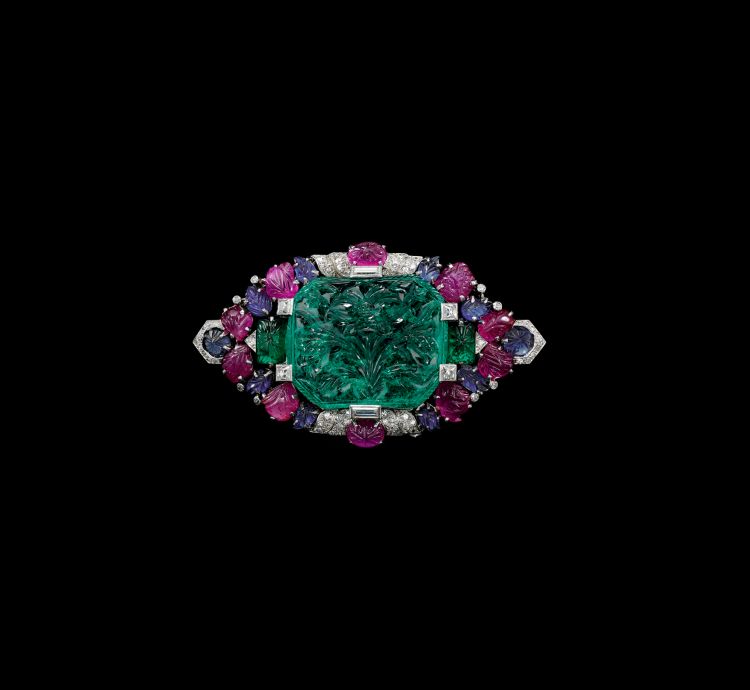
Whom do you see as the audience for your website? Is it different from that of the book and app, or an extension of the audience already interested in these platforms?
We hope the website will enable us to reach out even further to a truly international audience of collectors, aficionados and professionals.
How did you decide what information to include and which jewels to showcase?
There is a strong element of our own individual taste, which informed the choices of jewels on the site. The general context of the historic section of [the website] deals with jewelry dating from 1750 to the present day. All of the over 1,000 items that are illustrated have been personally handled by us during our careers.
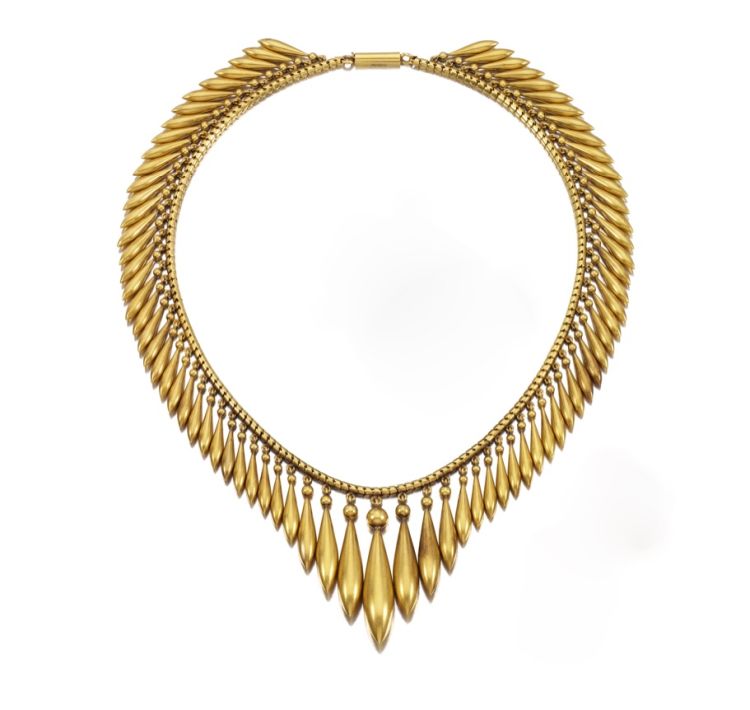
How important do you think the interactive aspect will be in developing the site going forward?
We consider it to be of primary importance — and would like to see the site in a state of constant evolution.
What do you think are the most important topics in jewelry history for contemporary collectors?
When the first edition of the book appeared in 1989, jewelry was still a brand-new collectors’ field, and so the work entered a sparse market of specialized books in the field. Now, over 30 years later, and after 12 reprints and translations into many languages — including Russian, Japanese, Italian and Hungarian — the situation is very different. Period jewelry is firmly established as one of the most vibrant and popular fields for collectors.
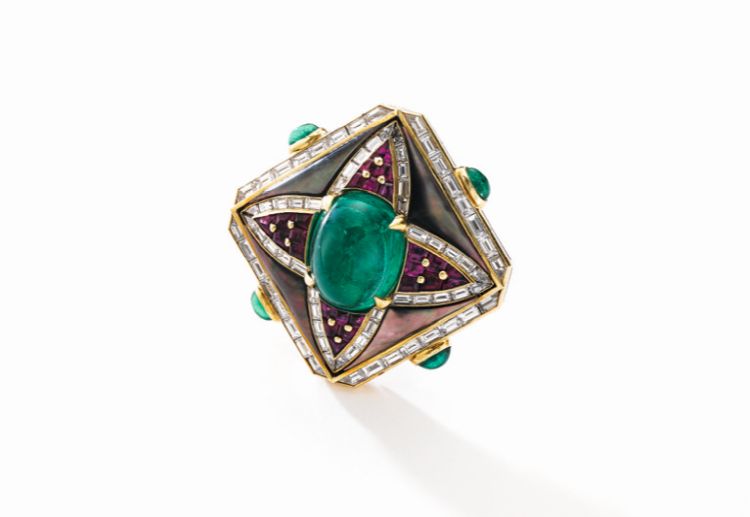
How have you seen the market for estate jewelry evolve, and what role is your new platform going to play?
There is no comparison today with the market for period jewels when we first started out at Sotheby’s over 40 years ago. At that time, there was a very small group of buyers in Europe and the United States, and none of the powerful group of collectors in Asia and the Far East that we know today.
What was the impetus for your new book on 20th-century jewelry? Is it a continuation of the previous book? Is it connected to the digital platform and/or the way the market has changed since you wrote the first book?
We now have over 20 years of distance between us and the end of the 20th century, and this was important, we felt, in order to begin to have a perspective on what was happening during the second half of the century. There were many things we could not have included in 1989, and things that we feel should be discussed now. A book focused on 20th-century jewelry was a logical next step. Also, we hope, it will prove to be a useful and colorful addition to the Understanding Jewellery platform on the website.

How is the new book organized, and why did you decide to concentrate on the years 1900 to 2000?
Like the original work, we have treated the century from a chronological viewpoint. We believe this helps people to see how the era evolved. By the way, we are also working on a companion book, Understanding Jewellery: The 19th Century.
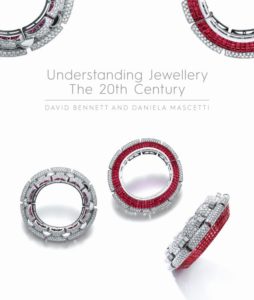
UNDERSTANDING JEWELLERY: THE 20TH CENTURY
This beautifully illustrated book by David Bennett and Daniela Mascetti, due out on November 30 from ACC Art Books, is divided into chapters covering 20 years apiece. Each discusses the key looks of those decades and the elements that inspired them, including fashion and the economical, social and political events of the day. There are notes on all the featured jewelry, putting the pieces into perspective and helping readers understand why each was chosen.

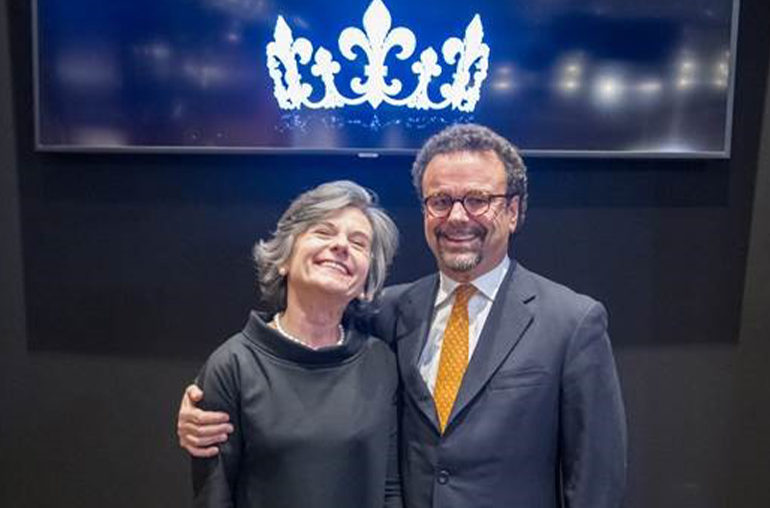
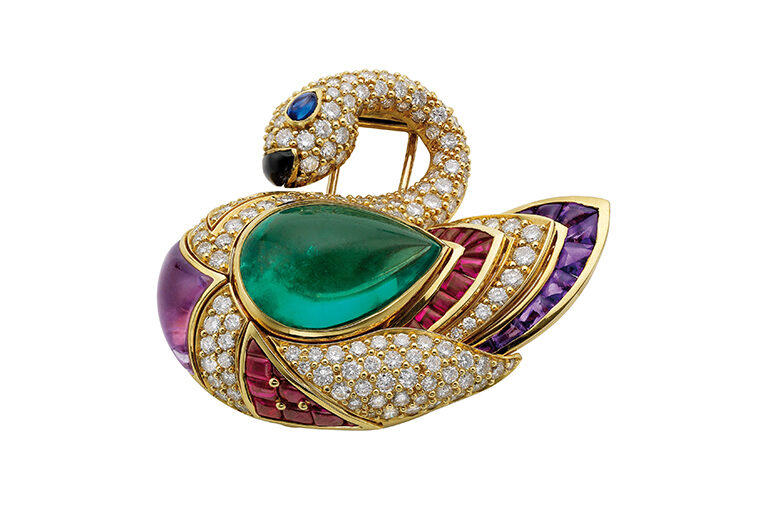
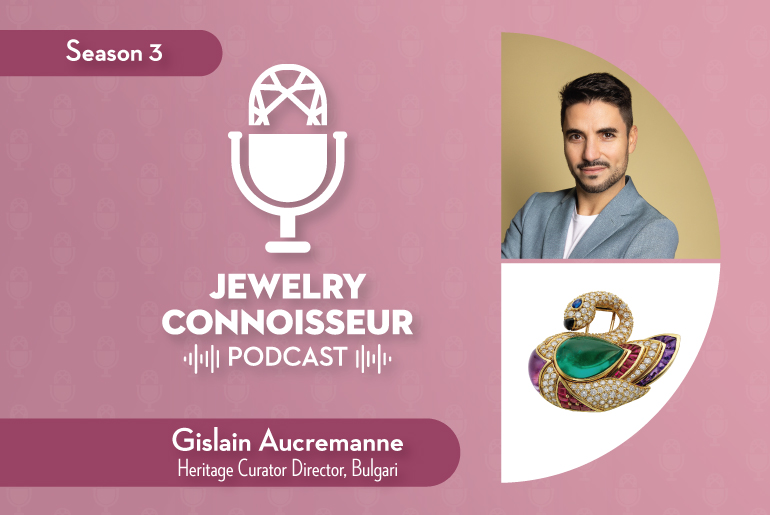
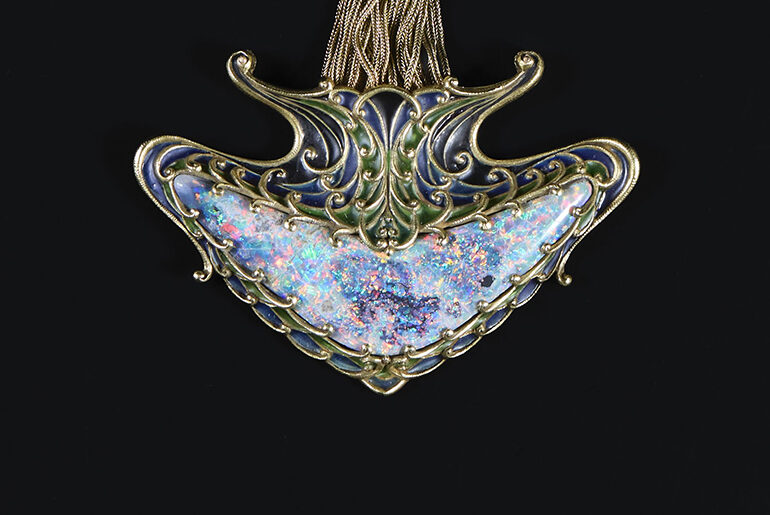
Comments are closed.